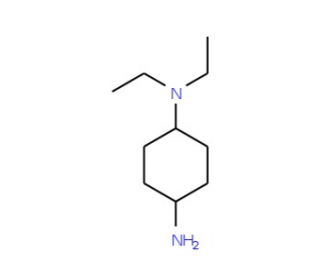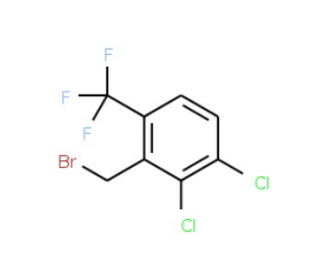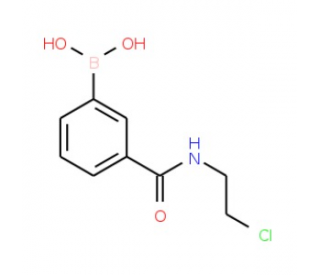详细说明
Species Reactivity
Human, Mouse
Specificity
Detects human PUM1 in ELISAs. Detects human and mouse PUM1 in Western Blots
Source
Monoclonal Mouse IgG 1 Clone # 856332
Purification
Protein A or G purified from hybridoma culture supernatant
Immunogen
E. coli-derived recombinant human PUM1
Pro230-Ala372
Accession # Q14671Formulation
Lyophilized from a 0.2 μm filtered solution in PBS with Trehalose. *Small pack size (SP) is supplied as a 0.2 µm filtered solution in PBS.
Label
Unconjugated
Applications
Recommended
ConcentrationSample
Western Blot
1 µg/mL
See below
Please Note: Optimal dilutions should be determined by each laboratory for each application. are available in the Technical Information section on our website.
Data Examples
Western Blot | Detection of Human and Mouse PUM1 by Western Blot. Western blot shows lysates of SH‑SY5Y human neuroblastoma cell line, BG01V human embryonic stem cells, and Neuro‑2A mouse neuroblastoma cell line. PVDF membrane was probed with 1 µg/mL of Mouse Anti-Human/Mouse PUM1 Monoclonal Antibody (Catalog # MAB7628) followed by HRP-conjugated Anti-Mouse IgG Secondary Antibody (Catalog # ). A specific band was detected for PUM1 at approximately 130 kDa (as indicated). This experiment was conducted under reducing conditions and using . |
Preparation and Storage
Reconstitution
Sterile PBS to a final concentration of 0.5 mg/mL.
Shipping
The product is shipped at ambient temperature. Upon receipt, store it immediately at the temperature recommended below. *Small pack size (SP) is shipped with polar packs. Upon receipt, store it immediately at -20 to -70 °C
Stability & Storage
Use a manual defrost freezer and avoid repeated freeze-thaw cycles.
12 months from date of receipt, -20 to -70 °C as supplied.
1 month, 2 to 8 °C under sterile conditions after reconstitution.
6 months, -20 to -70 °C under sterile conditions after reconstitution.
Background: PUM1
PUM1 (Pumilio homolog 1/Pumilio-1) is a 130-140 kDa member of the PUF (PUmilio and FBF) family of RNA-binding proteins. It is ubiquitously expressed and appears to be involved in cell cycle regulation. Among other things, PUM1 is known to bind to the 3' UTR of p27 mRNA following cell activation. This results in a conformational change in the p27 transcript, allowing for miRNA binding and translational repression, followed by a decline in p27 availability and entry into S-phase of the cell cycle. Human PUM1 is 1186 amino acids (aa) in length. It contains N-terminal Ala-, Gln- and Ser-rich regions (aa 393-815), one PUM-HD region (aa 828-1168) and eight consecutive pumilio repeats (aa 726-1142). There are six utilized Ser/Thr phosphorylation sites and at least three isoform variants. One contains a five aa insert after Gly418, a second possesses an alternative start site 36 aa upstream of the standard site, and a third shows a deletion of aa 597-623 coupled to a two aa insertion after Gln950. Over aa 230-372, human PUM1 is identical to mouse PUM1 in amino acid sequence. Overall, human and mouse PUM1 share 99% aa sequence identity.
Long Name:
Pumilio 1
Entrez Gene IDs:
9698 (Human); 80912 (Mouse); 362609 (Rat)
Alternate Names:
HSPUM; KIAA0099PUML1; PUM1; PUMH; PUMH1; PUMH1pumilio homolog 1; pumilio (Drosophila) homolog 1; pumilio homolog 1 (Drosophila); Pumilio-1; PUML1










 粤公网安备44196802000105号
粤公网安备44196802000105号